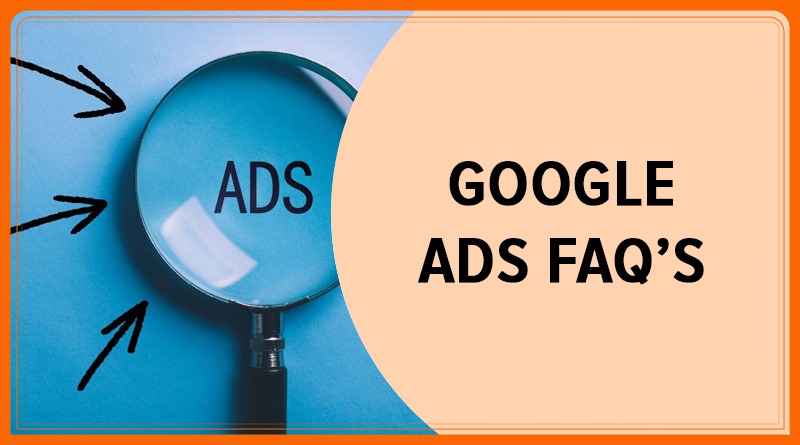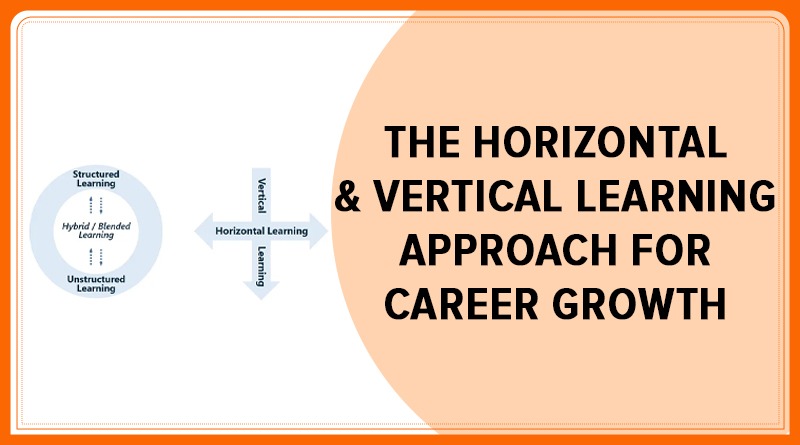Vertical and Horizontal Knowledge in Digital Marketing
In digital marketing, there are two main ways to grow your skills — horizontal learning and vertical learning.
Both are important, and when you combine them in the right way, you can become a complete and highly skilled marketer.
1. Understanding Horizontal Knowledge
Horizontal knowledge means learning across the entire field.
Instead of going deep into just one platform or one skill, you learn the basics and working knowledge of all areas of digital marketing.
In this stage, you spread your learning wide. You focus on understanding how all the parts of digital marketing connect with each other.
Examples of Horizontal Knowledge in Digital Marketing
- Understanding SEO basics and how search engines work.
- Knowing how Google Ads and Facebook Ads campaigns are set up.
- Learning email marketing strategies.
- Understanding how content marketing, social media, and paid ads work together.
- Learning analytics and reporting to measure performance.
This learning helps you see the big picture of digital marketing. Even if you are not an expert in every part, you will know enough to talk with specialists, plan campaigns, and make better strategies.
2. Understanding Vertical Knowledge
Vertical knowledge means deep learning in one specific area.
Instead of learning a little about everything, you go deep into one platform or skill until you become highly skilled in it.
Here you focus like a specialist. You learn advanced strategies, best practices, hidden tricks, and become confident in solving complex problems in that one area.
Examples of Vertical Knowledge in Digital Marketing
- Becoming an expert in Google Ads — learning advanced bidding strategies, shopping ads, conversion tracking, and optimization.
- Specializing in SEO — learning technical SEO, keyword research, backlink strategies, and advanced ranking techniques.
- Mastering Facebook Ads — knowing audience targeting, pixel tracking, and campaign scaling methods.
- Becoming strong in Analytics — learning data visualization, custom reports, and deep analysis.
Vertical knowledge helps you stand out because you become a “go-to” person in that skill.
3. How to Use Horizontal and Vertical Learning Together
The most effective way to grow in digital marketing is to combine both horizontal and vertical knowledge in a planned way.
Step 1: First Learn the Entire Digital Marketing Field (Horizontal Learning)
Start by spending enough time learning all areas of digital marketing.
You can take 6 months to 1 year for this, depending on your schedule.
During this phase, your goal is not to become an expert in everything — but to understand how everything works together.
You learn the basics of SEO, paid ads, content marketing, social media, email marketing, and analytics.
This will give you a strong base.
Step 2: Spend 1.5 Years Going Deep into One Platform (Vertical Learning)
Once you understand the entire field, choose one platform or skill that excites you or matches your career goal.
Then, spend about 1.5 years mastering it.
For example:
- If you choose Google Ads, learn how to manage shopping ads, search campaigns, display ads, and advanced bidding
- If you choose SEO, master technical SEO, on-page optimization, and link-building.
In this period, work on real projects. Theory is good, but real experience will make you confident.
Step 3: Repeat the Process for Self-Development
After 1.5 years of deep learning in one area, you don’t stop.
You again go horizontal — refresh your knowledge of the whole field to see new trends.
Then choose another platform to go deep into.
This cycle will make you multi-skilled but also specialized.
In 5–6 years, you could become an expert in multiple areas while still having a complete view of the digital marketing ecosystem.
4. Benefits of This Approach
Better Job Opportunities
Companies prefer marketers who can understand the full picture but also bring expert-level skills in one area.
You can join as a specialist and later grow into leadership roles.
Strong Career Flexibility
If one platform becomes outdated or less popular in the future, you already have the base knowledge to move into another area without starting from zero.
Better Team Collaboration
When you know a little about everything (horizontal) and deeply about something (vertical), you can easily work with other specialists.
For example, if you’re a Google Ads expert but understand SEO and analytics, you can run campaigns that perform better because you see the full marketing flow.
Faster Self-Development
By repeating the cycle, you’re always learning and staying updated.
Digital marketing changes quickly — this method keeps you relevant.
5. Example Learning Path
Year 1: Horizontal Learning
- Learn SEO, PPC, social media, content marketing, email marketing, and analytics.
- Work on small projects in each area.
Year 2 & 3: Vertical Learning in One Area
- Example: Google Ads Specialist.
- Learn advanced strategies, work on multiple campaigns, and get certified.
Year 4: Horizontal Refresh
- Update yourself on all digital marketing areas.
- See new trends like AI in marketing, new ad platforms, and updated algorithms.
Year 5 & 6: Vertical Learning in Another Area
- Example: Become an SEO specialist while keeping Google Ads skills active.
This method will make you a well-rounded professional with in-demand expertise, ready for any challenge the digital world brings.
0 Comments
No comments yet. Be the first to comment!




Leave a comment